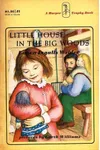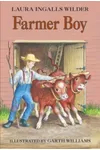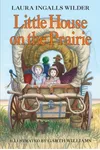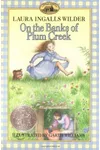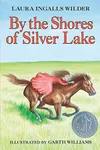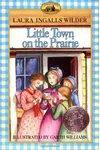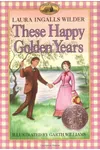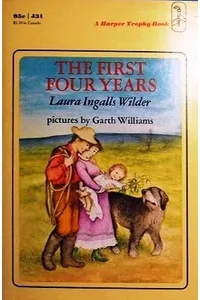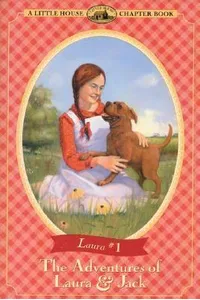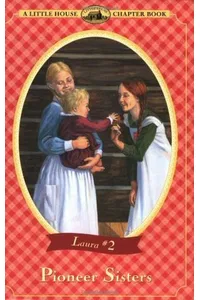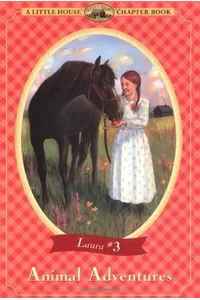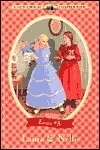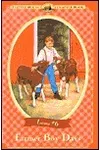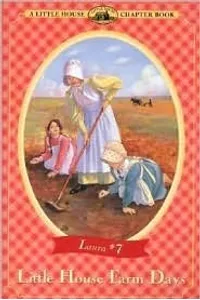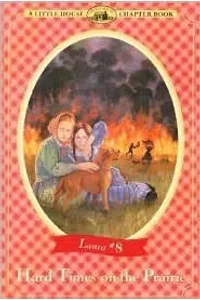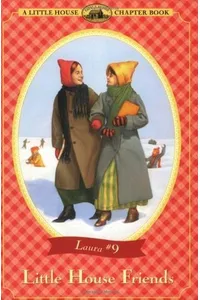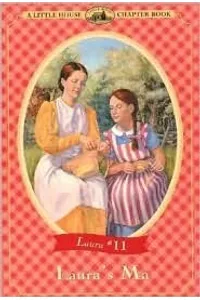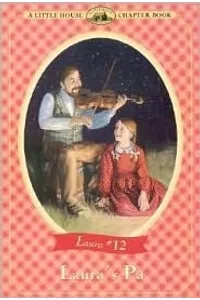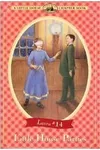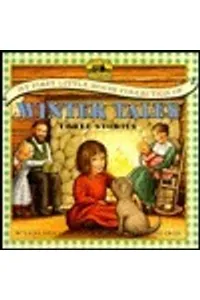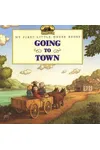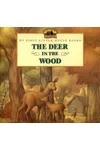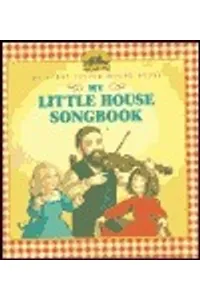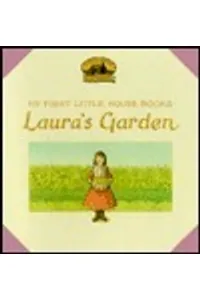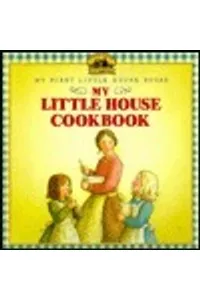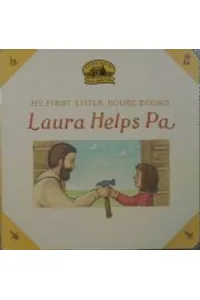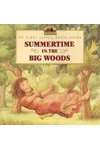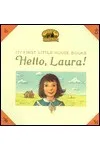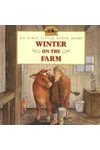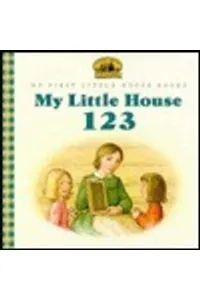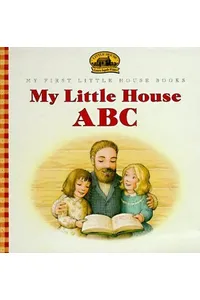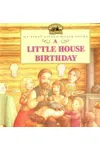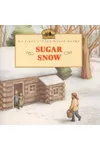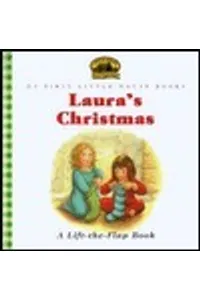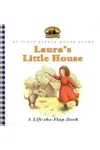Step into the enchanting world of the Little House series, where Laura Ingalls Wilder’s vivid tales of pioneer life spark adventure and nostalgia! This beloved nine-book saga follows the Ingalls family’s journey across the American Midwest in the late 19th century, weaving stories of resilience, family bonds, and the untamed frontier. With its heartfelt storytelling, Little House captures the spirit of a bygone era, inviting readers to experience the joys and hardships of pioneer living.
From cozy log cabins to wide-open prairies, Wilder’s books blend historical detail with timeless themes, making them a treasure for readers of all ages. Whether you’re drawn to tales of courage or curious about life on the frontier, Little House offers a window into a world both rugged and heartwarming.
How Little House Began
Laura Ingalls Wilder, born in 1867, drew from her own childhood to craft the Little House series. Growing up in a pioneer family, she faced blizzards, locusts, and the challenges of homesteading. In the 1930s, with encouragement from her daughter, Rose Wilder Lane, Laura began writing her memoirs, transforming them into fictionalized novels for young readers. Published between 1932 and 1943, the series started with Little House in the Big Woods and grew into a cultural touchstone, blending Laura’s memories with storytelling flair.
The Heart of Little House
The series kicks off with Little House in the Big Woods, where young Laura and her family live in a Wisconsin forest, facing wolves and harsh winters while cherishing simple joys like maple syrup feasts. Little House on the Prairie follows their move to Kansas, braving prairie fires and building a new home. By the Shores of Silver Lake sees the Ingalls settle in Dakota Territory, with Laura navigating adolescence amid railroad expansion. The Long Winter, a fan favorite, depicts a brutal seven-month blizzard, showcasing the family’s grit and community spirit.
Wilder’s writing shines with vivid descriptions of frontier life—think churning butter or stitching quilts—paired with themes of perseverance, family unity, and independence. The Midwest setting, from Wisconsin’s forests to South Dakota’s prairies, grounds the stories in a rugged yet hopeful reality. The series’ cozy yet adventurous tone appeals to both children and adults, blending historical authenticity with emotional depth.
Each book stands alone but builds a larger saga, with Laura’s growth from a curious girl to a young woman anchoring the narrative. The stories also subtly explore the complexities of pioneer life, including interactions with Native Americans and the environmental toll of westward expansion, offering thoughtful moments amid the adventure.
Why Little House Resonates
The Little House series has left an indelible mark on children’s literature and American culture. Its blend of historical insight and universal themes has inspired generations, with millions of copies sold and adaptations like the 1970s TV series Little House on the Prairie. Fans cherish its portrayal of strong family ties and the pioneer spirit, while educators value its glimpse into 19th-century life. Despite controversies over dated cultural depictions, the series remains a beloved classic, sparking discussions about history and resilience.
Today, Little House endures as a testament to storytelling’s power, inviting readers to connect with a world of courage and simplicity. Its legacy lies in its ability to make the past feel alive, inspiring curiosity about the American frontier.
- Number of Books: Nine
- First Published: 1932
- Key Awards: Newbery Honor for multiple titles
- Setting: American Midwest, 1870s–1880s
Dust off Little House in the Big Woods and dive into Laura’s world of prairies, pioneers, and timeless adventures!
